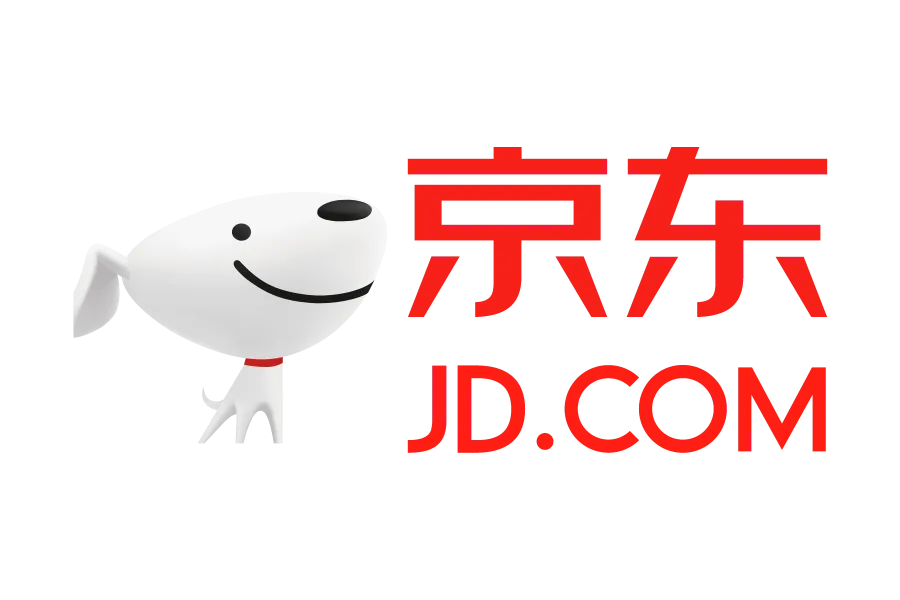JD Gives Couriers Real Benefits, While Uber Workers Have Nothing
Two systems. Two outcomes. One question about worker protection.
I. Why the Gig Economy Exists
The gig economy expanded because one job no longer covers basic living costs. Rent climbs. Food prices climb. Interest rates climb. Wages stay flat. Many workers in the United States and Canada finish a full time shift, then start driving for Uber. Some deliver food on weekends. I have done it myself. When you stop working, the income stops. There is no safety net and no margin for illness or rest.
II. What Uber Offers and What It Avoids
Uber presents small perks as benefits. Drivers get discounts, temporary bonuses and basic tools. None of these help when a driver is injured or sick. There is no minimum income. There is no medical support or paid sick days. There is no retirement plan. There is no unemployment support. Any accident or illness becomes the worker’s personal problem. Uber uses its data to keep workers earning just enough to stay on the road. The platform avoids responsibility at every step.
III. JD’s Approach and Why It Matters
JD.com in China took a different approach. JD gives full time couriers formal contracts. JD pays for medical insurance, workplace injury coverage, pension, unemployment support and a housing fund. The company also states that these benefits will not reduce take home pay. This choice is not charity. It comes from competition and regulation. Still, JD accepted real cost and moved ahead of other platforms. They could have avoided this. They did not. That deserves credit.
IV. Profit Is Universal. Protection Is Not.
Corporations everywhere pursue profit. They do not protect workers unless the system forces them to. In the United States, Uber operates with little resistance. Workers have no leverage and no alternatives. In China, the government draws clearer lines and expects companies to follow them. As a result, a JD courier can get sick without losing everything. An Uber driver has no such protection.
V. Two Systems, Two Outcomes
Both countries face the same economic pressures. One system gives workers a basic safety line. The other leaves workers on their own. This difference shapes the future of millions of people who rely on gig work to survive.

